



Not every cleaning apparatus hose fits seamlessly with another device. Variations in diameter, length, and connector type can lead to compatibility issues, affecting performance. For instance, a 1/4-inch hose typically will not connect to a machine designed for a 3/8-inch hose, leading to potential leaks or inadequate water pressure.
It’s crucial to check both the technical specifications and manufacturer guidelines before attempting to swap hoses. Even if two hoses appear similar, factors like pressure ratings and threading can create problems. To ensure a proper match, I recommend using hoses from the same brand or verifying compatibility through online resources or user manuals.
Cost-cutting measures may lead to the temptation of using mismatched hoses. However, investing in specific equipment designed for optimal performance yields superior results and prolongs the lifespan of your machine. Always prioritise quality and compatibility over convenience.
Are All Pressure Washer Hoses Interchangeable
Compatibility varies across different brands and models, so they aren’t universally compatible. Ensure you verify specifications before making a purchase.
Here are key factors to consider:
- Diameter: Typical sizes are 1/4 inch and 3/8 inch; mismatching can lead to reduced performance.
- Length: Longer lengths can cause pressure loss. Match the length to your operational needs.
- Connection Type: Thread size and fitting style differ; some may require adaptors while others may not fit at all.
- Material: Most hoses are made of PVC or rubber; different materials can affect flexibility and durability.
- Pressure Rating: Confirm that the hose can handle the output pressure of your unit to avoid safety hazards.
For the best results, consult your manufacturer’s guidelines for compatible accessories. Testing various brands has shown significant differences in performance based on these factors.
In my experience, investing in a hose that matches your machine’s specifications pays off in longevity and efficiency. Don’t compromise on quality; opt for reputable brands to avoid disappointment.
Understanding Hose Compatibility with Different Brands
Compatibility between hoses and various brands significantly affects performance and usability. Always confirm the specifications before attempting to connect. Here’s what I recommend:
Key Factors to Consider
- Thread Type: Check if the threads on both ends match. Most brands use either M22 or 3/8” threads.
- Diameter: Ensure the inner diameter aligns with the output specifications of your equipment. Standard sizes include 1/4”, 5/16”, and 3/8”.
- Pressure Ratings: Verify the pressure ratings for compatibility. Using a hose rated lower than your unit can result in failure.
- Length: Choose a length that suits your needs without compromising performance. Longer hoses can lead to pressure loss.
Brand-Specific Compatibility
- Brand A: Generally uses universal fittings. However, always double-check with your specific model.
- Brand B: Features proprietary fittings which may require adapters for third-party hoses.
- Brand C: Compatible with many hoses, but pressure ratings should align correctly for safe operation.
When replacing or upgrading, consult the manufacturer’s guidelines and consider other users’ experiences for the best results. Trust your judgement based on hands-on testing and repairs I’ve performed throughout my career.
Differentiating Between Pressure Washer Hose Connectors
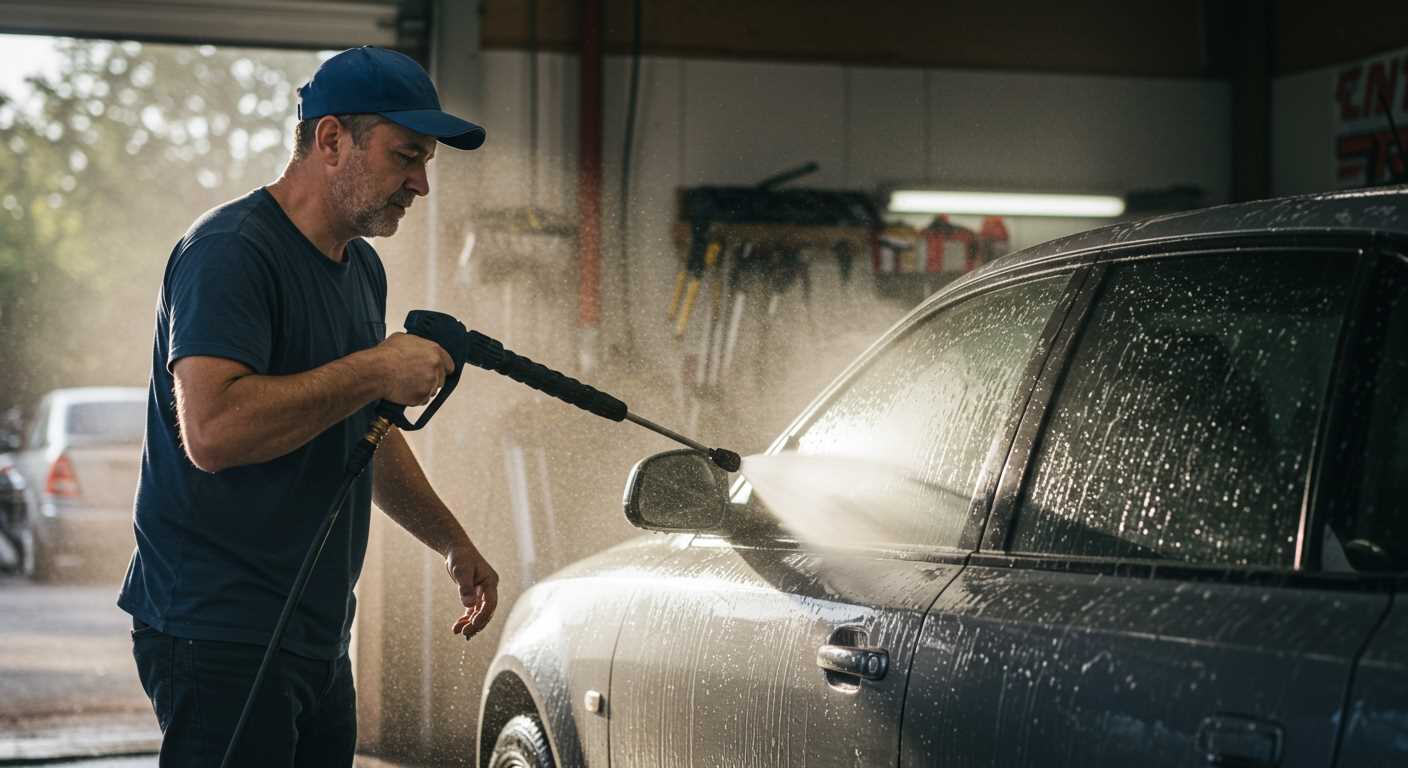
Ensure you verify the connector type before making any attachment. Common connector styles include quick-connect fittings, threaded fittings, and bayonet-style connectors. Each type serves a specific purpose and is not universally compliant across different brands. Quick-connect fittings are prevalent due to their ease of use, allowing for rapid exchanges between hoses and nozzles. Check the diameter as various models might have different specifications, typically ranging from 1/4 inch to 3/8 inch.
Threaded connectors often feature a more robust connection, suitable for higher-pressure applications. Always confirm the thread size, as mismatches can lead to leaks or even damage your equipment. Bayonet connectors, although less common, provide a secure locking mechanism that prevents accidental disconnection during operation.
Certain brands may utilise proprietary connectors that restrict compatibility with other equipment. Familiarise yourself with your specific model’s connector type to avoid compatibility issues. Understanding these differences will save you both time and potential headaches during your cleaning tasks.
Factors Affecting Hose Length and Performance
Choosing the right length for your piping can significantly influence the overall efficacy of your cleaning setup. Length affects pressure loss and manoeuvrability; longer lengths can result in reduced flow rates, while shorter ones usually maintain better pressure but may limit your range of motion. It’s advisable to balance these considerations based on your specific cleaning tasks and the area you are covering.
Impact of Diameter and Construction Material
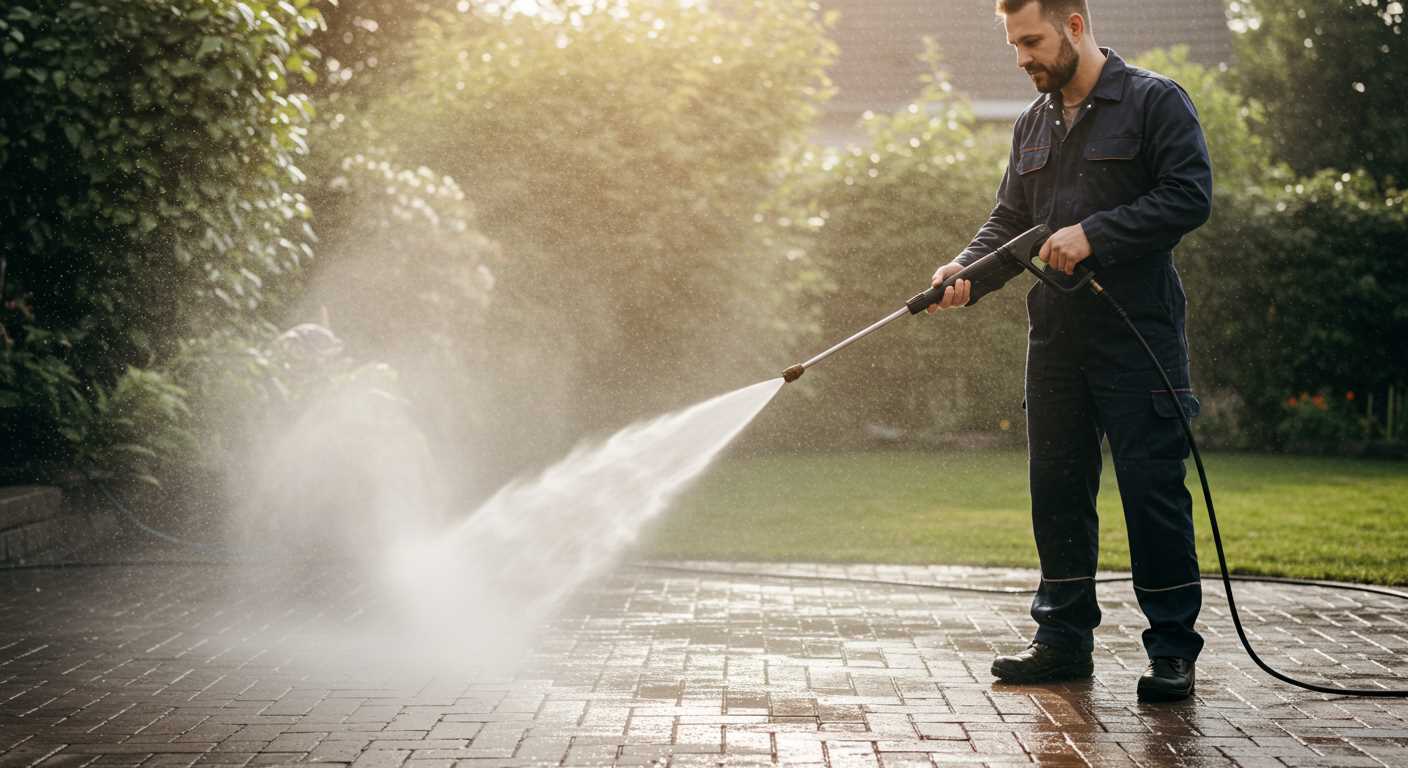
The diameter of the tubing also plays a key role. Standard diameters, such as 1/4 inch or 3/8 inch, determine flow capacity. A wider diameter can facilitate increased water flow, essential for large areas or heavy-duty tasks. Additionally, the construction material, whether rubber or PVC, affects durability and flexibility. Rubber tends to withstand wear and tear more effectively, thus prolonging usability over time.
Temperature and Chemical Resistance
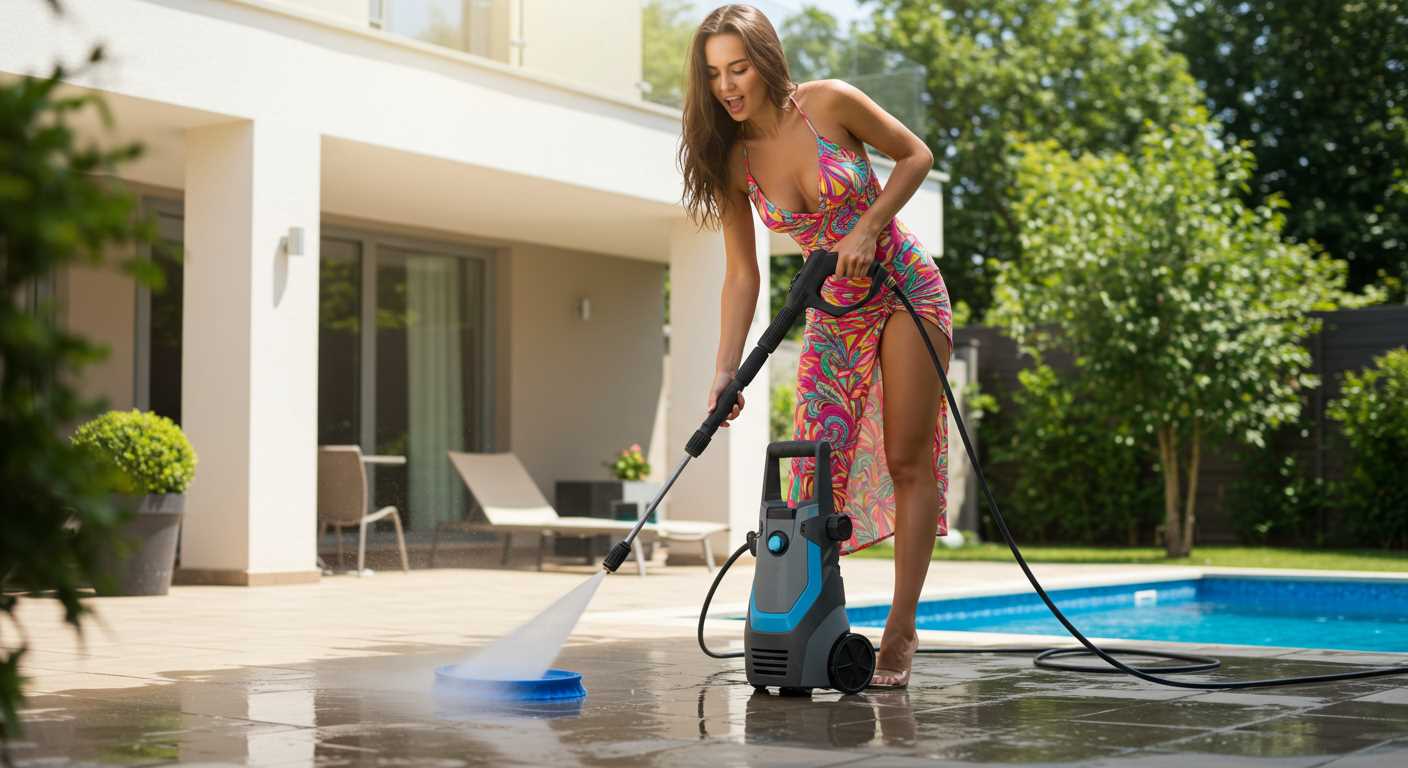
Temperature tolerance is another factor worth considering. High-pressure systems often work with hot water, which requires hoses designed to withstand elevated temperatures without degrading. Also, if you’re planning to use specific cleaning agents, ensure the tube can resist chemical reactions that could lead to premature failure. Always check manufacturer specifications for compatibility to ensure longevity and performance.
Identifying Hose Material Variations and Their Impact
Choosing the right material for this component significantly affects durability and performance. Common options include PVC, rubber, and polyurethane, each with unique characteristics.
PVC Hoses
PVC, or polyvinyl chloride, is lightweight and cost-effective. It’s resistant to abrasion but can become stiff in cold weather, limiting flexibility. I recommend PVC for occasional users working in mild conditions, but be cautious with heavy-duty tasks.
Rubber Hoses
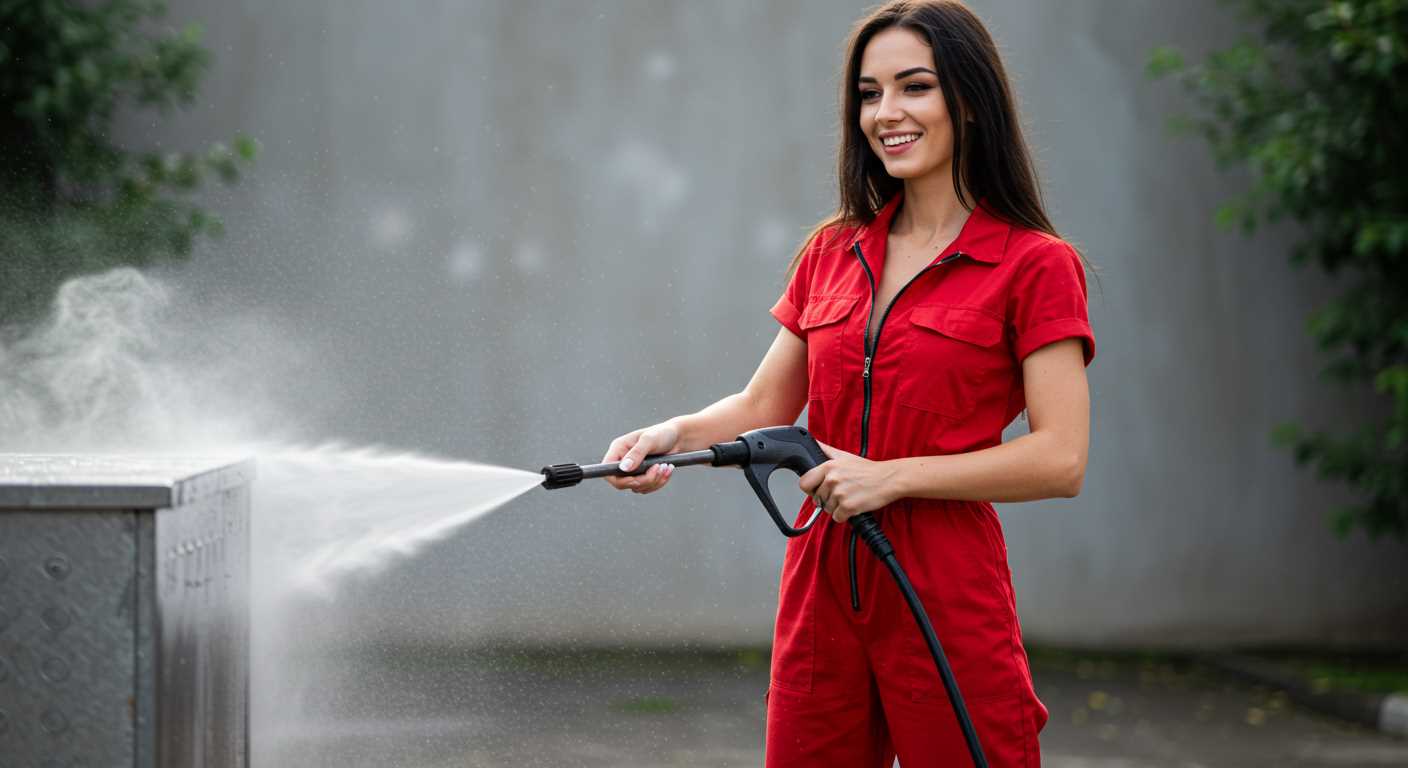
Rubber provides superior durability and resistance to wear and extreme temperatures. These are ideal for professional-grade machines. Although they come at a higher cost and weigh more than PVC, the longevity and flexibility make them worth the investment. For regular, heavy use, I suggest opting for rubber.
Polyurethane combines the benefits of both PVC and rubber. It remains flexible in various conditions and is highly resistant to kinking and abrasion. This material is perfect for users seeking a balance between performance and weight. It’s particularly useful for jobs demanding heavy use over long periods.
Understanding these variations helps in selecting the most suitable type for specific tasks, enhancing efficiency and extending the lifespan of both the hose and the washing device. Always consider your common working conditions and usage frequency when making a choice.
Exploring Pressure Ratings and Their Significance
Choose hoses with pressure ratings that meet or exceed the specifications of your cleaning device. This decision is crucial for both safety and performance. A hose designed for a lower pressure rating can fail, leading to potentially hazardous situations during use.
Understanding Pressure Ratings
Commonly measured in PSI (pounds per square inch), these ratings indicate the maximum pressure a hose can handle. For instance, if your cleaning machine operates at 3000 PSI, opt for a hose rated at 4000 PSI to maintain a safety buffer. This extra capacity not only ensures durability but also enhances overall performance.
Table of Typical Pressure Ratings
| Hose Type | Typical Pressure Rating (PSI) | Recommended Use |
|---|---|---|
| Light Duty | 1500 – 2000 | Residential cleaning tasks |
| Medium Duty | 2000 – 3000 | Commercial use, moderate cleaning |
| Heavy Duty | 3000 – 4000 | Industrial cleaning applications |
| Ultra Heavy Duty | 4000+ | Extreme conditions, construction sites |
Regularly inspect hoses for signs of wear or damage, as deterioration can significantly reduce their pressure rating over time. If any part of the hose shows cracks, bulges, or leaks, replace it immediately to ensure safe operation. Investing in high-quality materials may incur a higher upfront cost, but the long-term reliability will outweigh the initial expense.
Assessing the Importance of Hose Diameter in Usage
Using the correct diameter of the tubing directly affects the cleaning performance and efficiency of equipment. Typically, a wider tube allows for a higher flow rate, making it easier to move larger volumes of water and creating a more forceful spray. For tasks such as heavy-duty cleaning, opting for a larger diameter can significantly improve results.
Flow Rate Considerations
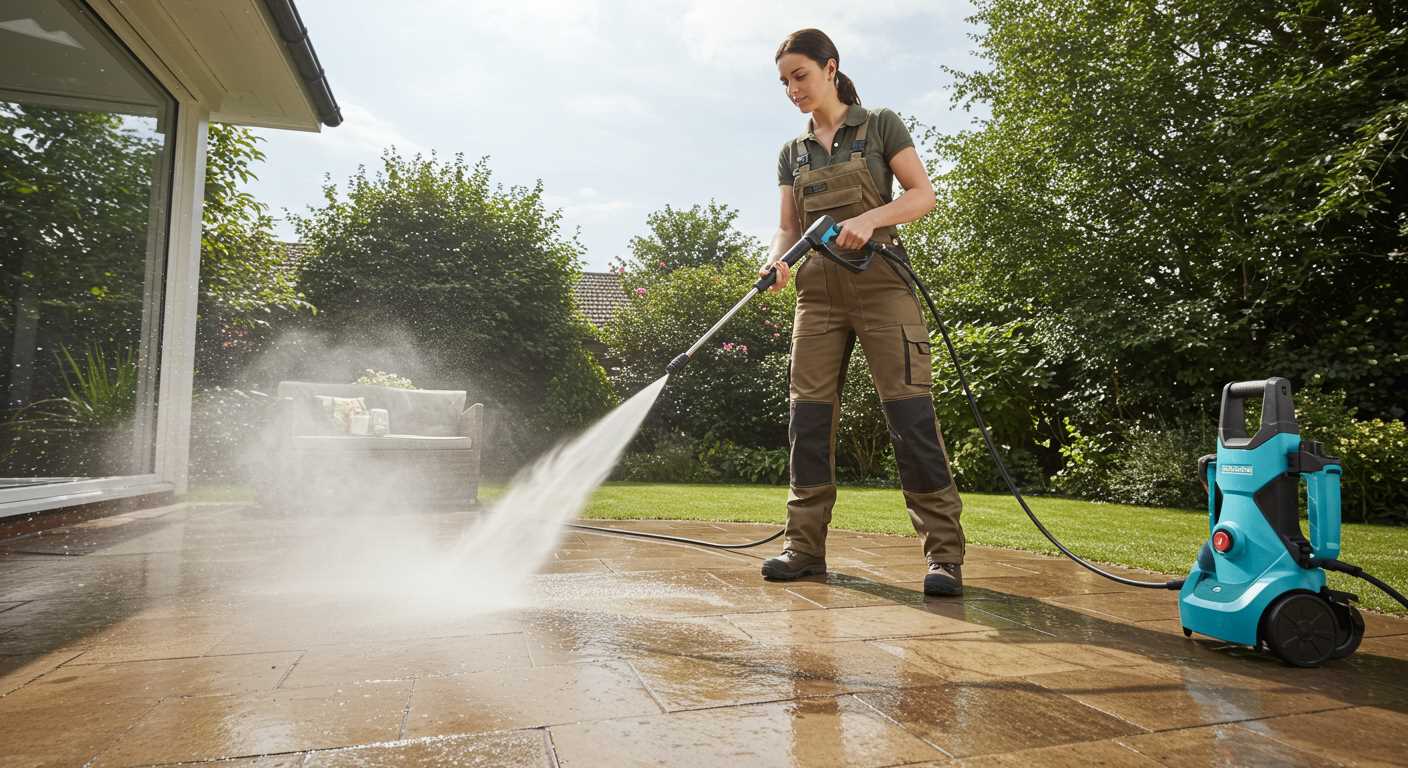
The flow rate is critical. A narrow tube can restrict water movement, causing a drop in pressure and making it harder to achieve desired outcomes. For instance, if you have a model designed for high flow but pair it with an insufficiently sized tube, the results will be subpar. Research the requirements of your specific model to determine the ideal diameter.
Impact on Pressure Settings
When using a hose with smaller dimensions than recommended, not only will the pressure drop, but it can also lead to excess wear on the machine, potentially causing it to overheat or suffer mechanical failures. Recommendations typically align with maintaining the specifications outlined by manufacturers to ensure optimal functionality. Always check compatibility charts before making a purchase.
Having extensive experience in testing various models, I can confidently say that investing in the right diameter is not merely a suggestion; it is a necessity for achieving impeccable results in your cleaning tasks.
Maintenance Tips for Prolonging Hose Lifespan
Store the line properly. Always ensure it’s coiled loosely and not kinked after use. This reduces stress and potential wear.
Inspect regularly. Look for cracks, abrasions, or frayed areas that can affect performance. Address any issues immediately to prevent further damage.
Clean connections. After each use, remove any dirt or debris from the fittings. This ensures a secure seal and helps avoid leaks.
Avoid high temperatures. Keep your equipment away from direct sunlight and extreme heat. Excessive temperatures can degrade materials over time.
Use compatible attachments. Mismatching can cause strain and lead to damage. Always select connectors specifically intended for your type of equipment.
Maintain the right pressure. Operating at excessive levels might lead to unnecessary wear. Follow the manufacturer’s recommended settings.
Store in a dry environment. Moisture can contribute to mildew and corrosion. Ensuring the line remains dry will prolong its life.
Consider protective covers. Using a hose protector can shield against abrasions and impacts that might occur during storage or transportation.
Regularly check for leaks. Even minor leaks can indicate wear that necessitates replacement. Address any signs of dripping or spraying water promptly.
Finally, be mindful of how you utilize the equipment. Avoid dragging it over rough surfaces, as this can prematurely cause damage. Proper care yields better longevity and consistent performance.
FAQ:
Are pressure washer hoses compatible with all types of pressure washers?
No, pressure washer hoses are not universally compatible with all types of pressure washers. Different models and brands often have specific connectors and fitting sizes. It’s crucial to check the specifications of both the hose and the pressure washer to ensure proper compatibility. Additionally, hoses may have different pressure ratings and lengths, which can also affect their usability with particular machines.
What should I look for when replacing my pressure washer hose?
When replacing your pressure washer hose, there are several factors to consider. First, check the length of the existing hose to maintain reach and manoeuvrability. Second, examine the diameter; most hoses are either ¼ inch or ⅜ inch, and matching this with your pressure washer is important. Look for the pressure rating as well; ensure the new hose can handle the PSI output of your machine. Lastly, verify the type of connector, as some brands use proprietary fittings that may not be compatible with standard hoses.
Can I use a different brand hose with my pressure washer?
Yes, you can often use a different brand hose with your pressure washer, but you need to ensure compatibility between the hose and the machine. Check for matching connector types and sizes, and confirm that the hose is rated for the pressure your washer generates. While many hoses may physically fit, tension and durability could vary depending on the manufacturer, so always make sure to verify specifications before making a purchase.









